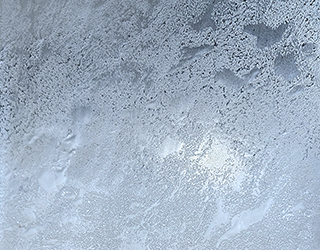
Inspired by nature, we have developed roll-to-roll nano-imprint lithography to transfer unique surfaces onto various materials. Our technology enables large-scale, high-resolution structures and covers applications from photovoltaics to medical systems.
Inspired by nature, from peach skin to butterfly wings and lotus leaves, we have taken on the challenge of transferring their unique surface properties onto other materials. We achieved this through the development of roll-to-roll nano-imprint lithography (NIL) combined with electron beam crosslinking.
This process utilizes special lacquer formulations, which are applied to flexible substrates using slot-die coating, continuously shaped through a mold, and simultaneously crosslinked. This allows for large-scale structures with resolutions from millimeters to a few nanometers to be transferred onto substrates such as polymers, paper, textiles, metals, and metal-coated films. These innovations were made possible through funded projects like Convert2Green, Design-PV, and FlexFunction2Sustain, focusing on decorative-haptic structures on photovoltaic modules and anti-reflective surfaces for car displays. In the PERSEUS project, we are looking to the future, aiming to develop optical layers to enhance the efficiency of perovskite solar cells.
The key to our technology is electron beam crosslinking, which occurs within milliseconds. Our machine, the atmoFlex 1250, ensures high productivity with a material width of up to 1250 mm and speeds of up to 100 m/min.
The fields of application are diverse: they include Fresnel structures for light bundling in photovoltaics, decorative surfaces for facades, anti-fouling structures for maritime applications, anti-glare surfaces for displays, haptic structures for furniture, flow-optimized surfaces for watercraft, and microfluidic structures for medical lab-on-chip systems.
We offer comprehensive consulting on structuring, mold selection, lacquer formulation, and structure design. Additionally, we conduct research in the field of mold manufacturing using 3D printing and their surface modification. Besides localized structure investigations using WLI and SEM, we utilize Fraunhofer FEP's own roll-to-roll inspection system WILMA for a 100% surface analysis of NIL-structured substrates.
 Fraunhofer Institute for Electron Beam
Fraunhofer Institute for Electron Beam